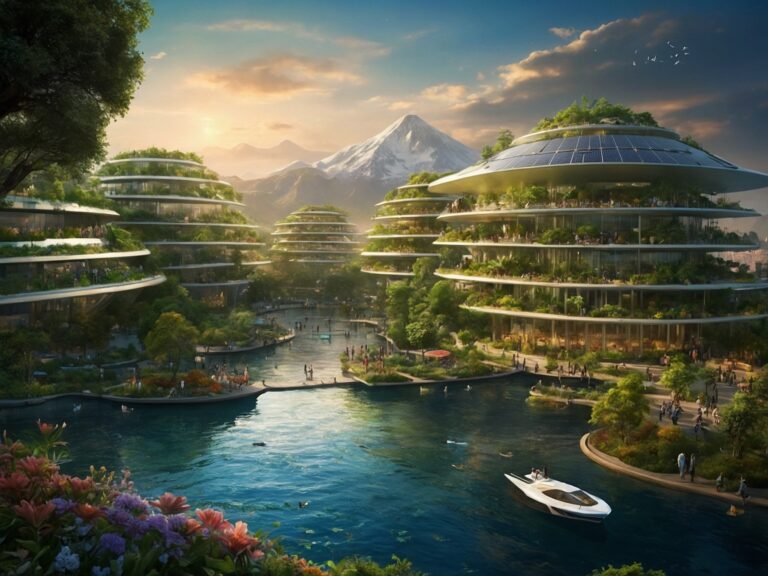The Silent Symphony of Health: Where Choice Meets Circumstance
We stand at the crossroads of destiny and design—a place where the whispers of our DNA intersect with the roar of our daily lives. Recent research, including a landmark study of half a million individuals, reveals a truth both liberating and humbling: while genetics compose the score of our biological potential, it is our habits, environments, and societal structures that conduct the symphony of our lived experience. Mortality risk, aging, and vitality are not predetermined scripts but dynamic narratives shaped by forces within and beyond our control.
The Paradox of Agency
The study’s findings are clear—environmental and lifestyle factors account for 17% of mortality risk variation, dwarfing genetics’ 2% contribution. Smoking, physical inactivity, and socioeconomic hardship emerge as lead actors in this drama, linked to dozens of diseases. Yet herein lies the paradox: while our choices matter profoundly, they are often made within invisible cages. A child born into food insecurity, a worker tethered to night shifts in a polluted district, a elder navigating social isolation in a car-centric suburb—these are not failures of individual will but systemic fractures in the architecture of human thriving.
The science of biological aging, measured through innovative “aging clocks” tracking blood protein fluctuations, reveals this interplay starkly. Telomeres shorten not just from cigarettes but from chronic stress; inflammation rises not only from poor diets but from the cortisol spikes of financial precarity. Our cells keep score of both our choices and our circumstances.
The Levers of Change
To speak of health is to speak of justice. Consider three dimensions where individual and collective action intertwine:
1. The Ecology of Daily Life
True nourishment begins long before food touches lips. It requires urban gardens in food deserts, protected bike lanes that make movement joyful, and zoning laws that prioritize green spaces over gas stations. When governments invest in pedestrian-friendly cities and subsidize seasonal produce, they don’t just prevent disease—they cultivate dignity.
2. The Architecture of Time
Sleep, that most ancient healer, is sabotaged by modern plagues: blue light from screens, noise pollution, and the second shifts of caregiving labor. Policy innovations—from Portugal’s ban on after-hours work emails to Japan’s subsidies for soundproof housing—recognize that restorative rest is not a luxury but a right.
3. The Currency of Connection
Loneliness metabolizes in the body like a poison, elevating risks for dementia and cardiovascular disease. Yet community is not a spontaneous phenomenon. It is built through libraries with free community kitchens, intergenerational housing models, and public plazas designed for lingering conversation. Denmark’s “befriending prescriptions”—where doctors prescribe social activities—acknowledge that relationships are not incidental to health but central to its maintenance.
Governments as Gardeners
The role of leadership here is not to dictate but to cultivate—to create conditions where healthy choices blossom naturally. New Zealand’s “Wellbeing Budget,” which allocates funds based on mental health and environmental metrics rather than GDP alone, offers a template. When tax incentives reward companies for 4-day workweeks, when schools serve as hubs for family nutrition workshops, when building codes mandate access to sunlight and trees, well-being becomes the water in which we swim.
This is not utopian idealism but evolutionary pragmatism. For every dollar invested in early childhood nutrition, $16 returns through reduced healthcare and incarceration costs. Parks lower antidepressant prescriptions; living wages decrease emergency room visits. Health, when viewed through this wide lens, stops being a personal responsibility and becomes a collective covenant.
The Dance of Destiny
Let us hold two truths gently: that our daily rituals—the morning walk, the mindful meal, the intentional pause—are revolutionary acts of self-creation, and that no amount of personal grit can overcome lead-contaminated water or a lifetime of educational neglect. The path forward demands both the courage to transform our habits and the humility to transform our systems.
As the proteome (the full set of proteins our cells produce) adjusts to every meal, conversation, and breath of clean air, we are reminded: biology is not fate but biography. Our bodies are living journals, chronicling not just what we’ve chosen but what we’ve been given. To edit this story in favor of vitality is to tend both the seed and the soil—nurturing individual agency while relentlessly improving the garden in which all seeds grow.
In this dance between the microscopic (our cells) and the macroscopic (our societies), each of us holds a partner’s role. We lead where we can, follow where we must, and always, always keep listening for the rhythm that honors both human resilience and human need.
(The research is here.)



